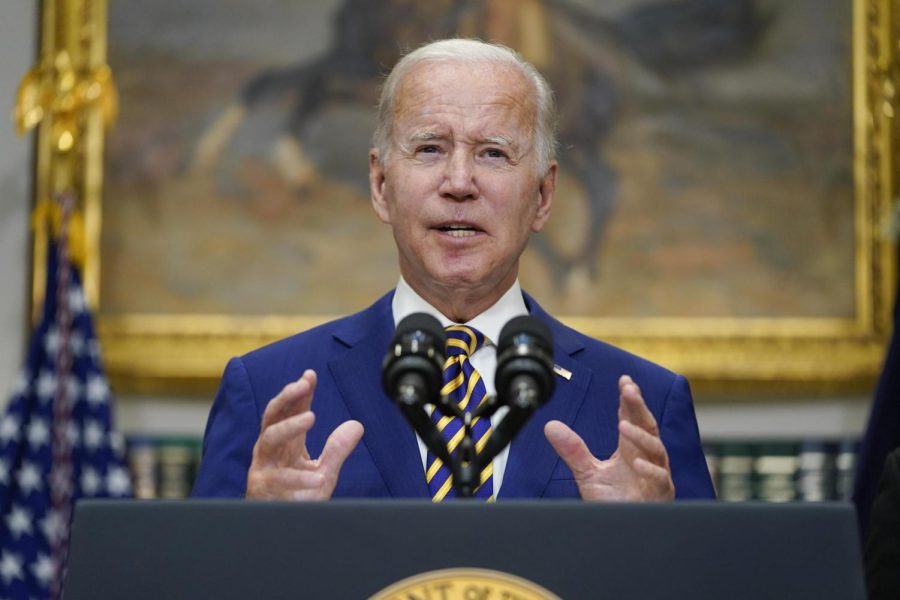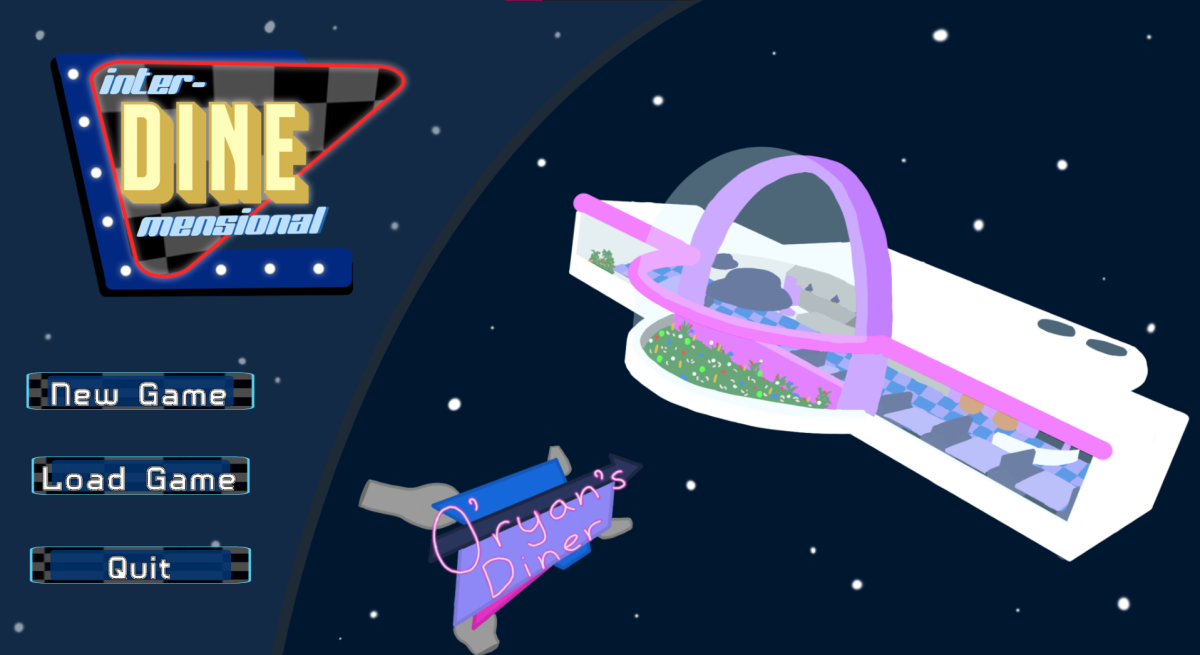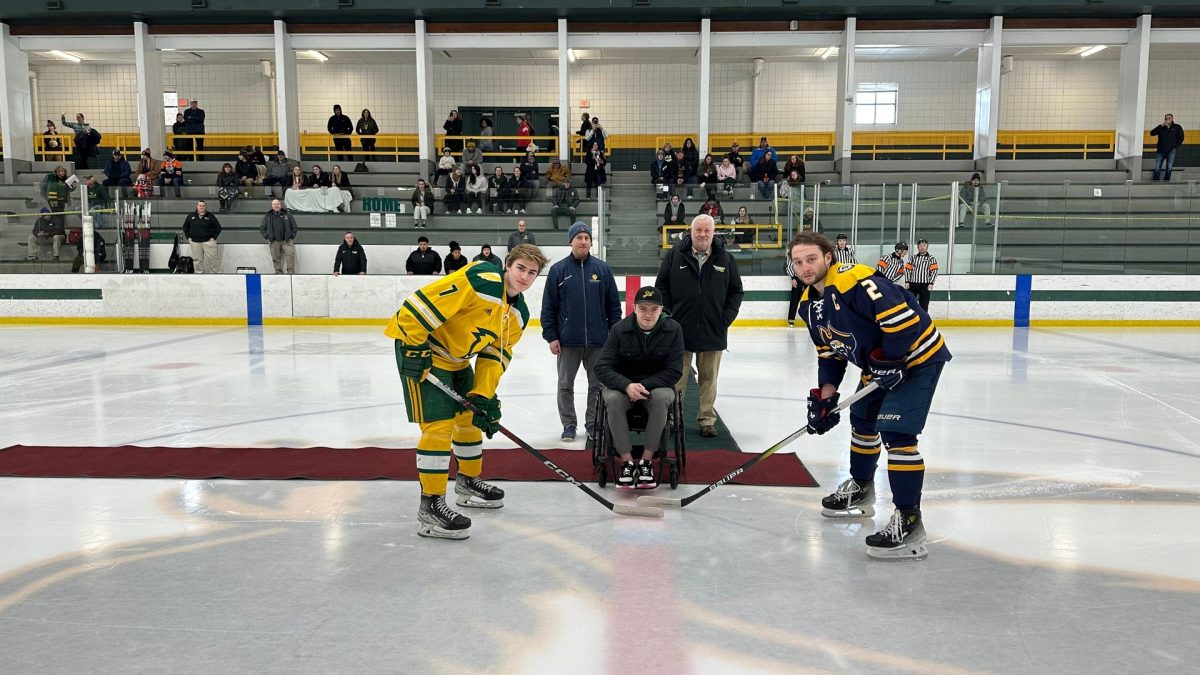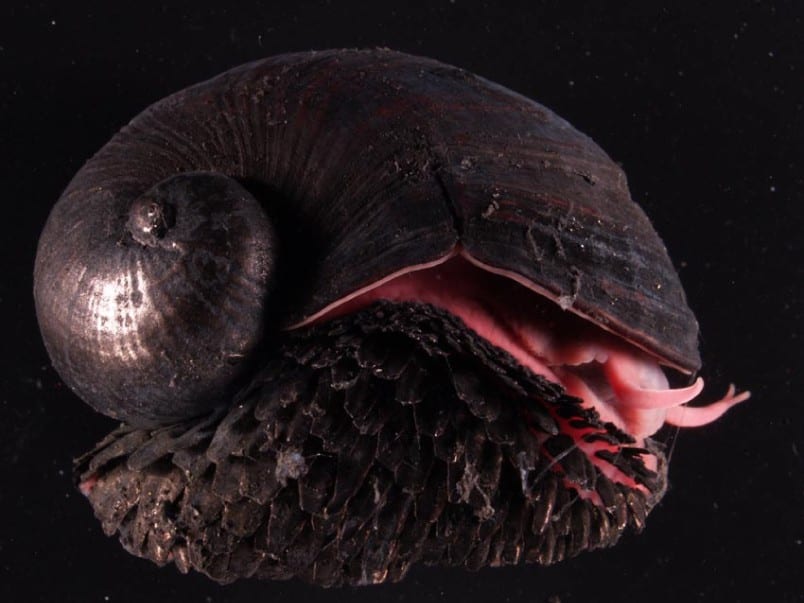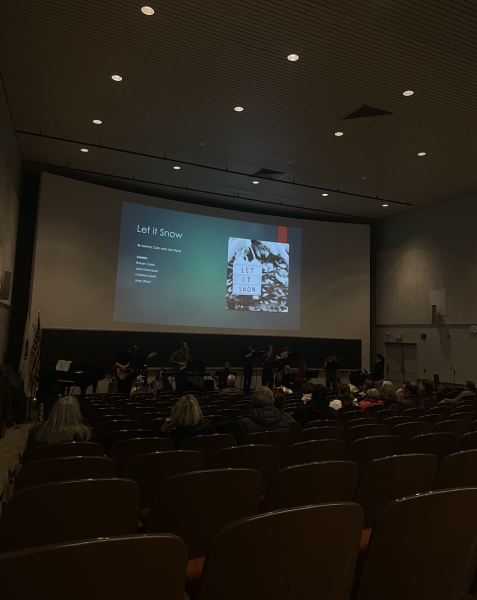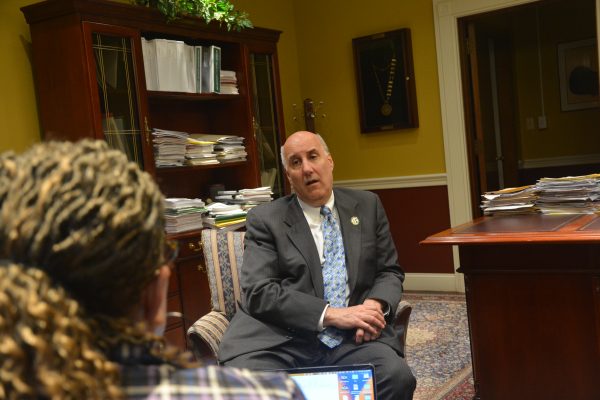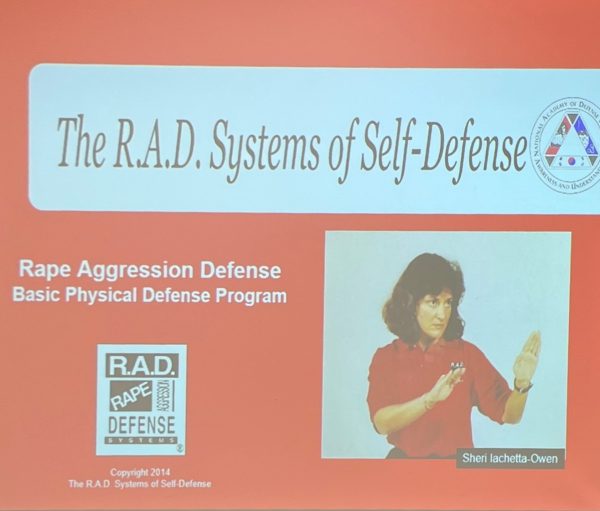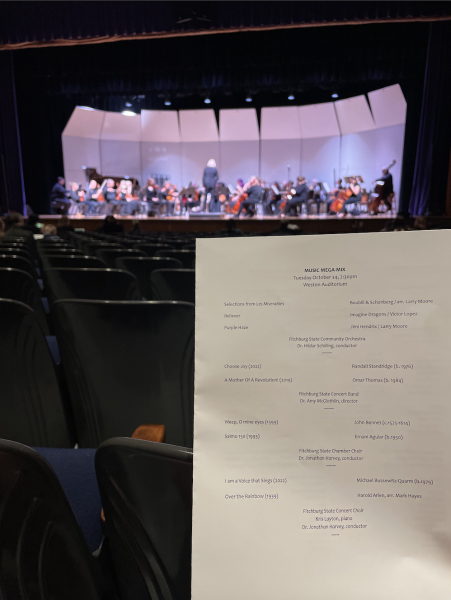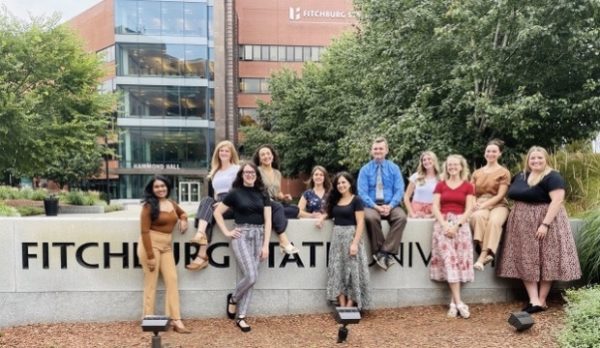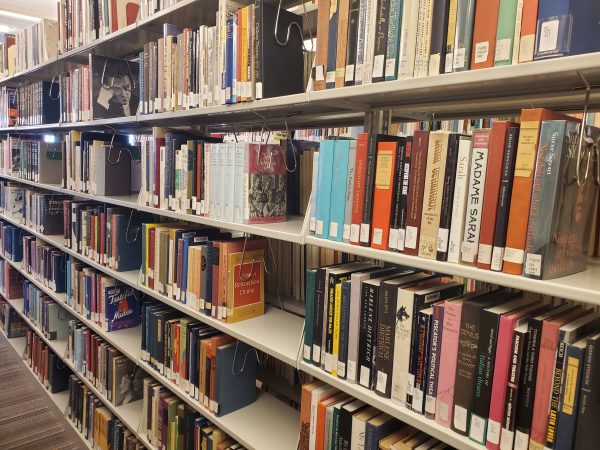Biden-Harris Administration Announces Student Loan Debt Relief: Here is What You Need To Know
October 6, 2022
On August 24, 2022 President Biden announced his three step plan to reform student debt in the United States. This plan includes resuming student loan payments at the beginning of next year as well as student loan forgiveness of up to $20,000 to qualifying borrowers. Many believe this relief is well overdue. According to a fact sheet from Whitehouse.gov, “Since 1980, the total cost of both four-year public and four-year private college has nearly tripled, even after accounting for inflation.”
The cost of education and student debt crisis has been a hindrance to many Americans who wish to obtain an education beyond high school. According to the White House Fact Sheet, “Nearly one-third of borrowers have debt but no degree, according to an analysis by the Department of Education of a recent cohort of undergraduates. Many of these students could not complete their degree because the cost of attendance was too high.”
Who is Eligible for Student Loan Debt Relief?
Borrowers will be eligible to receive student loan forgiveness as long as their individual income is below $125,000 or household income is below $250,000. Borrowers who have received at least one pell grant and who meet the income requirement will be eligible for up to $20,000 in loan forgiveness. The relief will be capped at the amount of outstanding debt. For borrowers who did not receive a pell grant but meet the income requirement, they will be eligible for up to $10,000 in debt relief. Current students with loans will be eligible for debt relief. However, according to the White House fact sheet, borrowers who are dependent students will be eligible for the relief based on their parental income, just as financial aid eligibility for dependent students is based on parental income. Private, non-federal loans will not be eligible for debt relief.
What You Need to Do
According to studentaid.gov around eight million borrowers may receive their debt relief automatically due to relevant income data that is already available to the U.S. Department of Education. If the U.S. Department of Education does have access to borrowers income data and is able to automatically apply their debt relief, they should be notified of this by their loan servicer. Those who are not eligible for automatic relief will need to fill out an application, which according to Federal Student Aid should become available by early October. They are advising borrowers to apply before November 15, 2022 to allow time to receive the debt relief they may be entitled to before loan payments will resume in January 2023. Borrowers can sign up to be notified when the application becomes available at the studentaid.gov website. Borrowers will have until December 31, 2023 to apply for the debt relief.
Public Service Loan Forgiveness Program
Temporary changes have been made to the Public Service Loan Forgiveness program to allow more borrowers to qualify. Borrowers who have been employed by a government organization or some not-for-profit organizations may qualify for this type of loan forgiveness. These temporary changes allow borrowers to get credit for past payments even if they did not make payments on time, did not pay the full amount due or were not on the correct repayment plan. To take advantage of these changes borrowers must confirm that they work for a qualified employer and submit a PSLF form. This form can be accessed through your studentaid.gov account. The deadline to take advantage of these temporary changes is October 31, 2022.
More Changes to Look Forward to
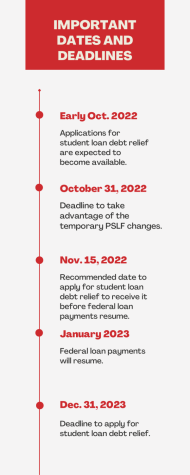
The Biden-Harris administration has proposed a new rule to revise the current income-driven repayment plan to reduce future monthly payments for low-middle income borrowers. President Biden discussed this proposal in depth during his Aug. 24 announcement. This rule would lower the monthly payment requirements on undergraduate loans from the current 10% of discretionary income to 5% of borrowers discretionary income. This rule would also raise the amount of income that can be considered discretionary so that some qualifying low income borrowers would not have to make monthly payments until their income increases. In addition to decreasing monthly payments on income driven repayment plans, this rule would forgive the loan balance after ten years of payments for borrowers who have a balance of $12,000.00 or less. Loan forgiveness is currently set to take place after twenty years of payments. For borrowers with a balance of more than $12,000.00 Biden says the loans will still be forgiven after twenty years of payments, “and after you pay your loan for twenty years, your obligation will be fulfilled if it hasn’t already been fulfilled, meaning you won’t have to pay anymore, period.” This rule would also cover the borrower’s unpaid monthly interest as long as the income driven payments are being made each month, this includes payment plans that are $0 per month due to low income.
The President also revealed that his administration is making an effort to stop colleges from defrauding borrowers. “ We’re holding colleges accountable for jacking up costs without delivering value to students,” said Biden. According to the White House, these efforts will include publishing an annual watch list of programs with the worst debt levels in the United States. “Our goal is to shine a light on the worst actors so students can avoid these debt traps” said Biden during this announcement.
Avoid Scammers
It is important to note that borrowers will never be charged a fee to apply for or to receive their student loan debt relief should they qualify. Any companies claiming to assist in applying for debt relief should be avoided. Borrowers should pay attention to any emails regarding the student loan debt relief, as any correspondence from the Federal Student Aid office would come from [email protected].


